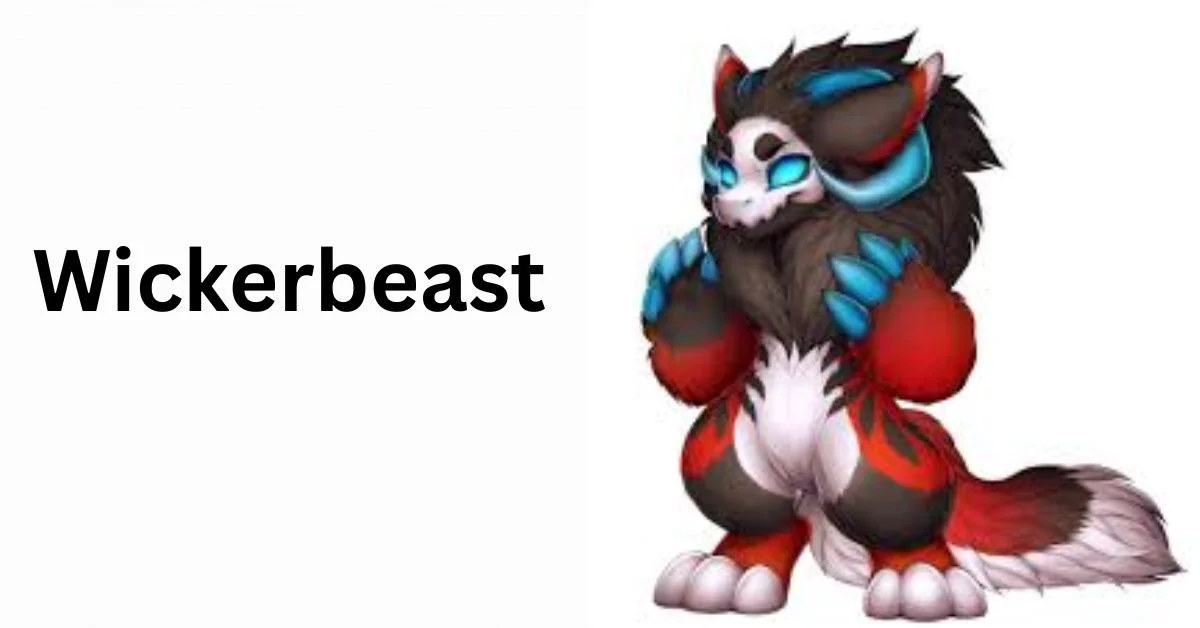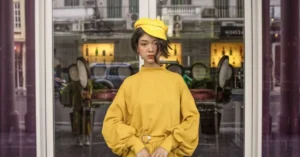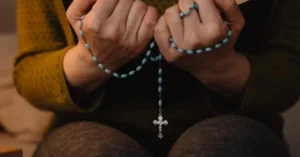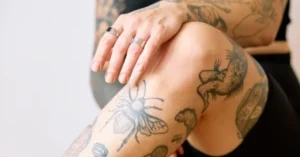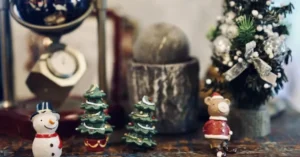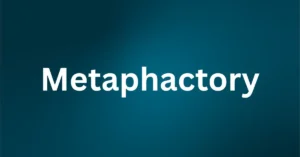A Wickerbeast is a fictional, anthropomorphic hybrid species that combines elements of dragons, canines, and mythical beasts, typically represented in digital art, costume design, and fantasy lore. Originating from fandom communities, Wickerbeasts are known for their unique anatomy—often armored or plated—and their expressive roles in stories, roleplay, and identity creation within the furry fandom.
In this article, we will take a comprehensive look at the Wickerbeast: its design elements, community origins, cultural context, and how it’s being reimagined by artists and storytellers around the world. We’ll also explore what its rising popularity says about how people use fantasy creatures to explore identity, artistry, and belonging.
The Origins of the Wickerbeast
Wickerbeasts originated not from ancient folklore or classic literature, but from a community-generated concept within the online furry art scene—a space where individuals create anthropomorphic characters and worlds to express themselves through visual art, performance, and storytelling.
The species is often credited to independent artists and worldbuilders who released Wickerbeasts as open species, meaning they can be created and customized by anyone under certain guidelines. This contrasts with “closed species,” which are restricted by their creators and often require permission to replicate.
The key to the Wickerbeast’s origin is collaboration. Multiple artists helped refine its design, lore, and functionality—each new contribution expanding the mythology. As such, no singular creator controls the Wickerbeast. Instead, it belongs to a decentralized creative culture, where shared storytelling and visual reinterpretation are core values.
Anatomy and Aesthetic Design
What makes a Wickerbeast recognizable? Visually, they combine both ferocity and softness. A typical Wicker-beast may include:
- A muscular, upright body structure, similar to dragons or large canines
- A long tail, often spiked or armored
- A snout or mask-like face with expressive fangs or teeth
- Pronounced shoulder plating or chitin-like armor
- Digitigrade legs, resembling those of wolves or big cats
- Optional horns, claws, or scales depending on subtype
While designs vary, many Wicker-beasts feature a contrast between organic features (fur, muscle, emotion) and synthetic or armored traits (plating, exoskeletons, or techno-inspired appendages). This blend makes them feel both prehistoric and futuristic, invoking imagery of ancient guardians, forest beasts, or alien warriors.
Artists may lean into specific themes:
- “Soft” Wickerbeasts might feature plush fur, warm eyes, or pastel palettes
- “Battle” Wickerbeasts may emphasize armored jaws, scars, or weaponized tails
- “Mystic” Wickerbeasts include glowing sigils, druidic antlers, or elemental markings
The design space is vast, but the common thread is that Wicker-beasts are big, bold, and brimming with personality.
Subspecies and Variations
As with any flexible creature concept, Wicker-beasts have evolved into multiple subspecies, each with unique attributes, environments, or cultural lore.
1. Classic Wicker-beast
The foundational design, characterized by large shoulders, mask-like facial armor, and a robust body. Often depicted as guardians or protectors.
2. Aquatic Wicker-beast
Slimmer builds with webbed appendages and flowing crests, suited to oceanic or lake environments. Tend to be sleek, mysterious, and bioluminescent.
3. Sky or Avian Wickerbeast
Feathered limbs or winged forms, able to fly or glide. These are rarer and often associated with ancient magic or celestial forces.
4. Elemental Wickerbeasts
Creatures born from or representing fire, ice, storm, or shadow. Their coloration, accessories, and environment reflect their elemental origin.
Subspecies may also dictate lore—some live in wicker-inspired villages, others guard sacred ruins, and still others wander as nomadic storytellers. This open-ended system encourages creators to blend visual imagination with worldbuilding.
The Wickerbeast in Furry Culture
To understand the significance of Wicker-beasts, one must understand furry culture itself. Furry fandom is an artistic and social community centered around anthropomorphic characters—animals with human traits—used in art, roleplay, and self-expression.
Wickerbeasts are a popular “species” in this world. They appear in:
- Fursonas (personalized furry avatars)
- Fursuits at conventions and meetups
- Comics, animations, and digital stories
- Adoptables (digital characters for sale or trade)
They appeal to furries for several reasons:
- Freedom of design: Artists can create unique Wicker-beasts while staying within an understood aesthetic.
- Symbolic resonance: Their dual nature—feral yet expressive, armored yet emotional—mirrors real-world identity exploration.
- Visual drama: Wickerbeasts make for striking costumes and art pieces.
In a community that values individuality and imagination, Wicker-beasts represent high fantasy fused with personal storytelling.
Roleplay and Lore
Many Wickerbeast enthusiasts create extended universes in which these creatures live. While lore varies by community, several recurring themes appear:
- Guardianship: Wicker-beasts are protectors of sacred forests, ruins, or celestial gates.
- Tribal society: Often living in hunter-gatherer or semi-ritualistic communities.
- Conflict with outsiders: Some stories depict them as endangered or misunderstood by humans or other species.
- Spiritual power: Wicker-beasts are frequently tied to ancient magic, elemental forces, or ancestral memory.
These narratives are shared through roleplaying games, collaborative writing projects, and illustrated storybooks. Users contribute new myths, lineages, and factions to the ever-expanding world of Wicker-beasts.
Digital Economy: Commissions, Adopts, and NFTs
In today’s creative economy, Wickerbeasts are more than art—they are intellectual assets.
1. Adoptables
Artists create Wickerbeast designs and sell them as unique digital characters. Buyers get ownership and may use them in stories, roleplay, or branding. Prices range from $15 to over $500 for highly detailed or rare designs.
2. Custom Commissions
Buyers request a personalized Wicker-beast character, often including:
- Full-body illustrations
- Reference sheets
- Character backstories or accessories
3. Fursuits and Cosplay
Fursuits are custom-made, wearable costumes. Wicker-beasts, with their unique silhouette, make popular subjects for fursuit makers. A single full suit can cost upwards of $3,000 depending on complexity.
4. NFT and Digital Collectibles
A niche, and somewhat controversial, segment of Wicker-beast art is moving into blockchain-backed NFT territory. Here, Wicker-beasts are bought and sold as verified digital assets—though this is hotly debated in the community due to environmental and ethical concerns.
Why Wickerbeasts Matter
The popularity of Wickerbeasts reveals several important cultural trends:
A. Shared Mythmaking in a Digital Age
Unlike traditional mythologies, Wickerbeast lore is made collaboratively, evolving in real-time through forums, Discord channels, and art platforms.
B. Decentralized Creativity
No single company owns Wickerbeasts. This makes them a model for how internet culture can nurture organic, community-driven IPs.
C. Identity Exploration
Many users create Wickerbeasts to reflect personal aspects of themselves: strength, duality, transformation, or power. These creatures become vessels for non-verbal self-expression.
Educational and Artistic Potential
Teachers, art therapists, and educators are beginning to explore Wickerbeasts in:
- Character design workshops
- Mythology units in classrooms
- Therapeutic art practices for identity building
- Online digital storytelling classes
By designing a Wicker-beast, participants practice:
- Creative decision-making
- Visual communication
- Worldbuilding
- Empathy and projection
It’s a testament to how fantasy species can bridge personal growth and artistic skills.
Conclusion
The Wickerbeast is more than a fantastical creature—it’s a mirror reflecting how people use art, imagination, and community to shape meaning. As an open species, Wickerbeasts thrive on collaboration and transformation. They belong not to any corporation or commercial engine, but to the collective creativity of their fans.
In 2025 and beyond, Wickerbeasts represent what the internet does best: democratize mythmaking. They are creatures made by many, loved by many, and constantly evolving to reflect the vibrant world of fantasy fandom.
Whether you’re an artist, writer, gamer, or simply a curious observer, the world of Wickerbeasts offers a place to explore identity, connection, and invention—one powerful, armored, expressive creature at a time.
FAQs
1. What is a Wickerbeast?
A Wicker-beast is a fictional hybrid creature, part of the furry and fantasy art communities. It combines dragon-like, canine, and armored features and is used in art, stories, and roleplay.
2. Can anyone create a Wicker-beast character?
Yes. Wicker-beasts are an open species, meaning anyone can design one within the community’s general guidelines, though some rare subspecies may have limited availability.
3. Where do I find Wicker-beast art or creators?
You can find them on platforms like DeviantArt, Toyhou.se, Twitter, and Discord servers dedicated to furry art and character design.
4. Are Wickerbeasts part of a game or show?
No official game or TV show exists, but they are used in roleplay, comics, and community storytelling across various platforms.
5. Can I commission someone to design a Wicker-beast for me?
Absolutely. Many artists specialize in custom Wickerbeast designs and offer full illustration packages or character reference sheets.
For more information, click here.

